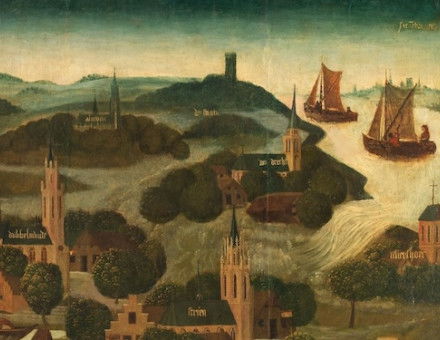Gaza’s Archaeological Struggles
Penny Young reveals the recent archaeological finds on the Gaza Strip.
It is hoped that the recent discovery of a series of fine mosaics from a Byzantine church and the intact walls of the port city into which the generals of Alexander the Great sailed in the fourth century BC will convince the world that the Gaza Strip should be on the archaeological map.
The area always was on the map in the old days as an inspection of the sixth-century mosaic picture of ancient Palestine in Madeba, Jordan, reveals. This clearly shows a village north of the city of Gaza called Nevalya. It is thought this was the area known today as Jabalia which is where the Byzantine mosaics have been located.
The finds are particularly exciting for Gaza’s Director of Antiquities, Dr Moain Zadek, who is waging a one-man battle against the indifference of the international community at large and the vested interests of powerful property speculators in the Gaza strip. In 1996, Dr Zadeck spent an unpleasant few days in prison because people with power and influence resented his attempts to stop construction over the newly-discovered site of the Greek port.





